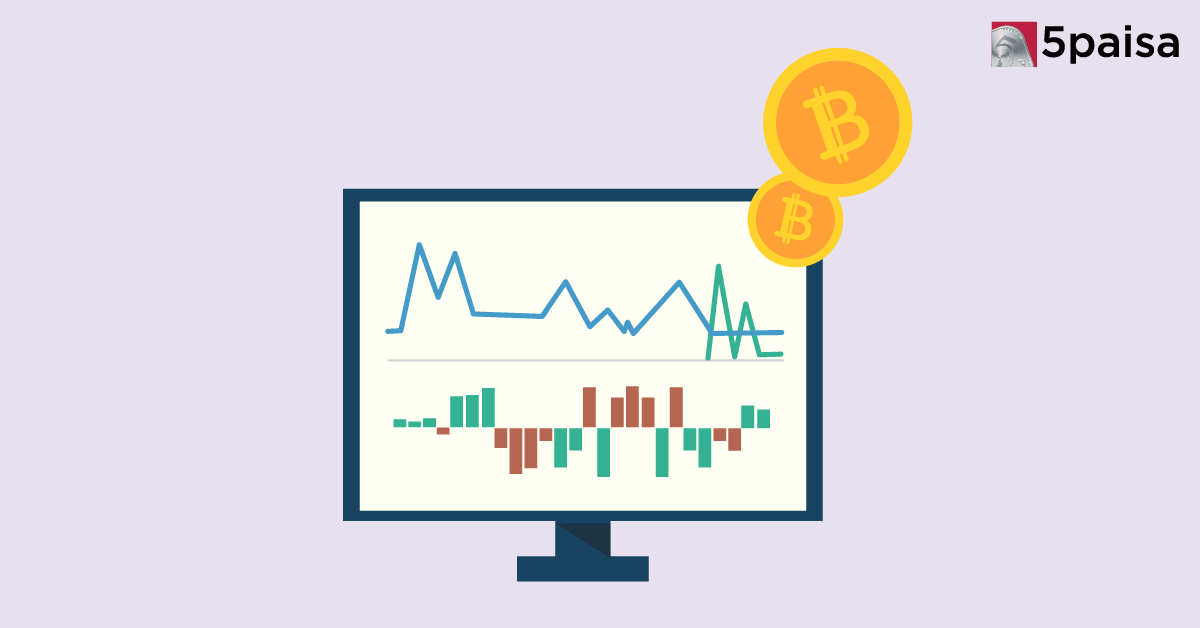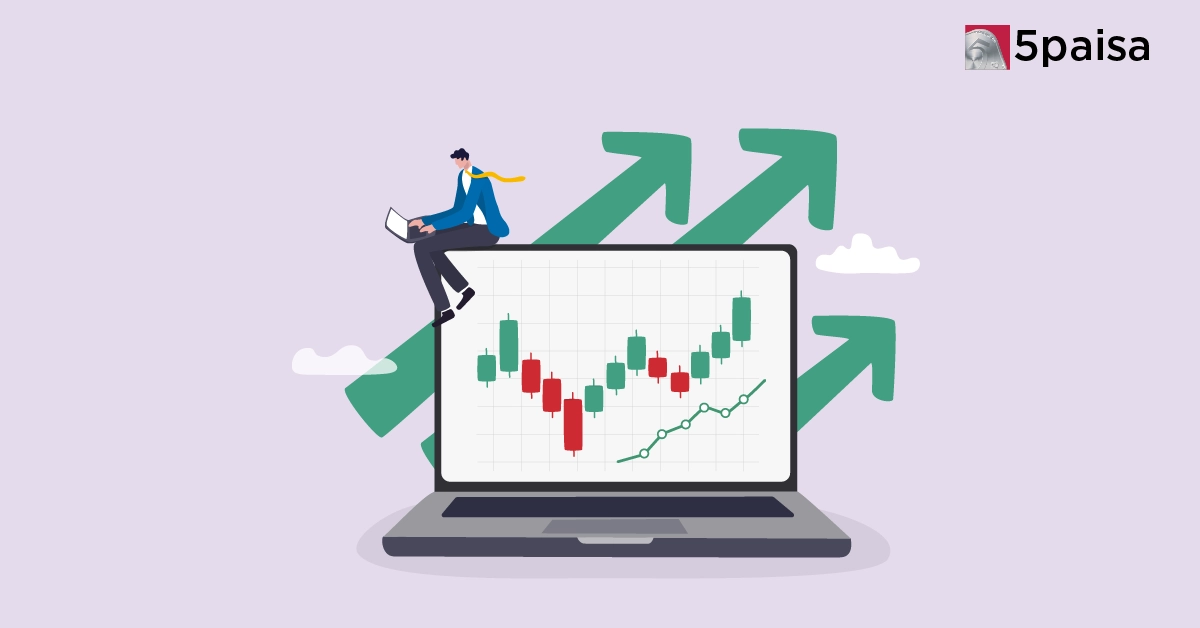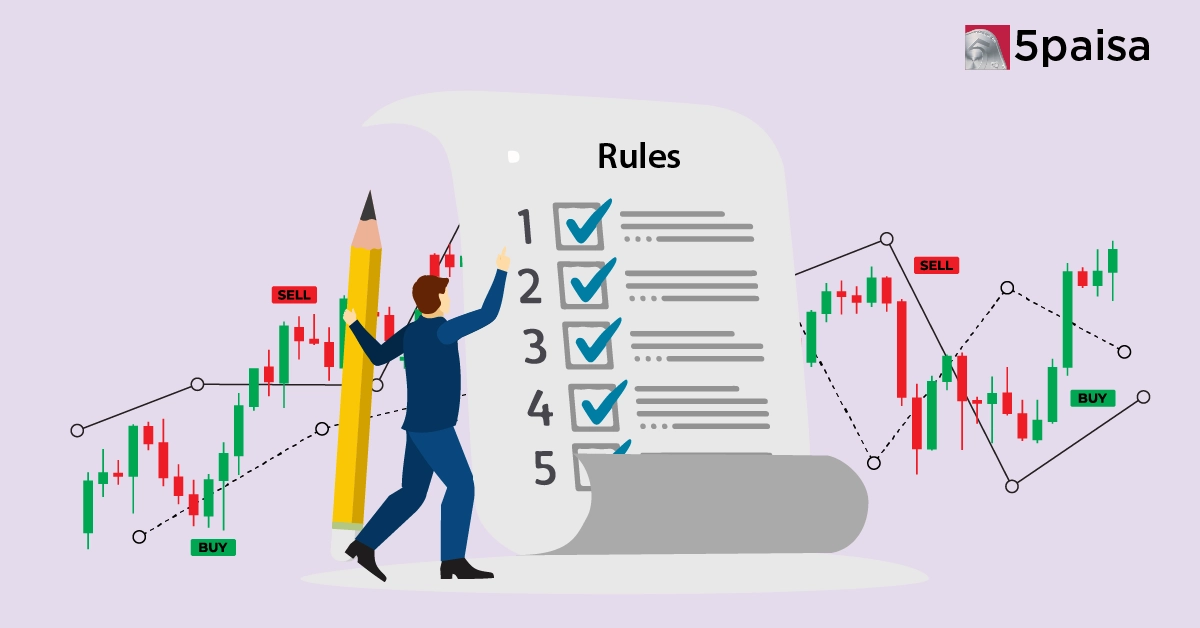Is It Mandatory to Show F&O Losses in ITR?
Intraday in Stocks vs 24x7 Crypto Trading: Which Actually Works for Retail Investors?

Last Updated: 16th May 2025 - 10:36 am
The modern Indian retail trader is spoiled for choice—NSE offers a well-regulated playground for intraday stock and index trading, while global crypto exchanges enable 24x7 trading in high-beta digital assets. But the real question isn’t access. It’s sustainability and profitability.
Between the structured, time-bound equity markets and the always-on chaos of crypto, which format truly aligns with the psychology, lifestyle, and risk profile of a serious retail investor?
Let’s dissect this advanced dilemma through the lens of burnout, overtrading risks, market structure, and edge generation, keeping the Indian context in sharp focus.
1. Market Timings: Discipline vs Dopamine
Intraday Equities (India):
- Trading Hours: 9:15 AM – 3:30 PM (6 hours 15 mins).
- Pre-market: 9:00 – 9:15 AM.
- Post-market settlement and analysis time is fixed, which builds discipline.
Crypto Markets:
- 24x7 Live Globally.
- High activity during US market hours (8 PM to 2 AM IST).
- No defined break means FOMO and “always-on” exposure.
Why This Matters:
Retail traders working 9-to-5 jobs can’t sustain crypto's unstructured timings. Your mental bandwidth gets eroded due to constant alerts, nocturnal volatility, and the illusion of missed opportunities.
Analysis: Stock intraday offers a psychologically safer structure by limiting screen time and forcing detachment post 3:30 PM.
2. Burnout & Mental Fatigue: A Hidden Cost
Intraday Stocks:
- Structured break times.
- Easier to schedule journaling, review, and backtesting.
- Lower screen fatigue, assuming no futures or global market obsession.
Crypto Trading:
- High screen dependency.
- Constant Discord/Twitter/Telegram updates.
- Volatility spikes even during your sleep (liquidation risks in leveraged positions).
Psychological Toll:
Retail traders often ignore decision fatigue, leading to impulsive trades, revenge entries, and depleting capital and mental energy simultaneously.
Case Study: Many Indian traders who transitioned from stock intraday to crypto during the 2021 bull run faced complete emotional burnout by 2023, especially those running on perpetual futures with no stop-loss discipline.
Analysis: From a sustainability perspective, intraday stocks offer far lower burnout risk—especially for those balancing trading with a full-time career.
3. Overtrading Risks: More is Not Always Better
In Stocks:
- Limited number of trades due to shorter trading window.
- Brokers (like 5paisa & Others) offer BTST/STBT can be availed in the F&O segment, reducing unnecessary churning.
- SEBI margin regulations have made retail leverage conservative, which unintentionally curbs overtrading.
In Crypto:
- No daily limit.
- Can trade leverage up to 100x on platforms like Binance, Bybit.
- Absence of regulatory oversight in India opens floodgates for addictive overtrading behavior.
Technical Tools Trap:
TradingView alerts + 10 altcoin watchlists + scalping bots = Retail gets trapped in constant trade-seeking behavior, confusing motion for progress.
Analysis: Crypto's structure invites overtrading unless you have military-grade risk discipline. Stocks enforce natural restraints.
4. Market Structure and Efficiency
Indian Stock Markets:
- High institutional participation (FII, DII, Mutual Funds, HNIs).
- Transparent order book, relatively low manipulation in liquid stocks like HDFC, INFY, RELIANCE.
- Intraday volatility often correlates with macro news, earnings, OI data—pattern recognition is repeatable.
Crypto Markets:
- No circuit filters.
- High share of whale wallet influence (centralized holdings).
- Exchanges like Binance often accused of stop-hunting and order book spoofing.
- Coin prices can change 30–50% in hours on low liquidity pairs, unexplainable by fundamentals.
Analysis: Stock markets have more mature structure and regulatory safeguards, reducing noise. Crypto's structure, while opportunity-rich, is chaotic and largely opaque.
5. Risk Management: Systems vs Spontaneity
Equity Trading:
- Can apply bracket orders, stop-loss market orders with broker platforms like 5paisa & others.
- Risk exposure is defined per day due to capital allocation and regulatory leverage.
- Can backtest on tools like Opstra, Sensibull, or NSE Bhavcopy data.
Crypto:
- Indian traders use foreign platforms (Binance, KuCoin), meaning legal and jurisdictional grey area.
- High slippage in volatile pairs.
- Poor retail implementation of position sizing, especially with meme-coins and high-beta tokens.
- Liquidation risk on margin trades is underestimated.
Analysis: Indian equity platforms offer better risk management tools and legal redressal. Crypto lacks protective layers for impulsive retail traders.
6. Skill Transferability & Strategy Scalability
Stock Intraday:
- Strategies like VWAP bounce, OI + price action, BTST breakout have long-term repeatability.
- Brokers and analytics firms provide credible data (NSE, BSE, Bloomberg, Ace Equity).
- Profitable setups can be scaled to options and futures.
Crypto:
- Scalping altcoins may not transfer to Bitcoin or Ethereum.
- High false signals, due to bots and low volume anomalies.
- Volume/price action setups fail when project sentiment or developer news alters token dynamics.
Analysis: Stock-based skillsets have higher transfer value across market conditions and instruments.
7. Taxation & Compliance
Intraday Stocks:
- Classified as speculative income under Indian tax laws.
- Audit required only if turnover exceeds limits.
- STT, GST, and reporting mechanisms are streamlined.
Crypto:
- Flat 30% tax on profits, no loss set-off.
- 1% TDS on every trade above ₹50,000 (or even ₹10,000 in some cases) in the same financial year.
- Regulatory ambiguity causes compliance burden on serious traders.
- No tax benefit for capital losses, unlike equity.
Analysis: Tax regime is stringent for crypto traders. Equity offers better long-term compliance and efficiency.
Note: Indian crypto traders can now use tools like KoinX, or ClearTax for reporting, though complexity remains.
Conclusion: What Actually Works for Indian Retail Investors?
| Criteria | Intraday Stocks | 24x7 Crypto Trading |
| Market Structure | Regulated, Efficient | Decentralized, Volatile |
| Burnout Risk | Low | High |
| Overtrading Risk | Moderate | Very High |
| Strategy Repeatability | High | Low-Medium |
| Taxation | Favorable | Punitive |
| Risk Management | Structured Tools | Unstructured Execution |
| Suitability for Working Professionals | Yes | Rarely |
- Flat ₹20 Brokerage
- Next-gen Trading
- Advanced Charting
- Actionable Ideas
Trending on 5paisa
Indian Stock Market Related Articles
Disclaimer: Investment in securities market are subject to market risks, read all the related documents carefully before investing. For detailed disclaimer please Click here.

 5paisa Capital Ltd
5paisa Capital Ltd
 5paisa Capital Ltd
5paisa Capital Ltd



